October 22-28, 2023
The Arrival of Snow
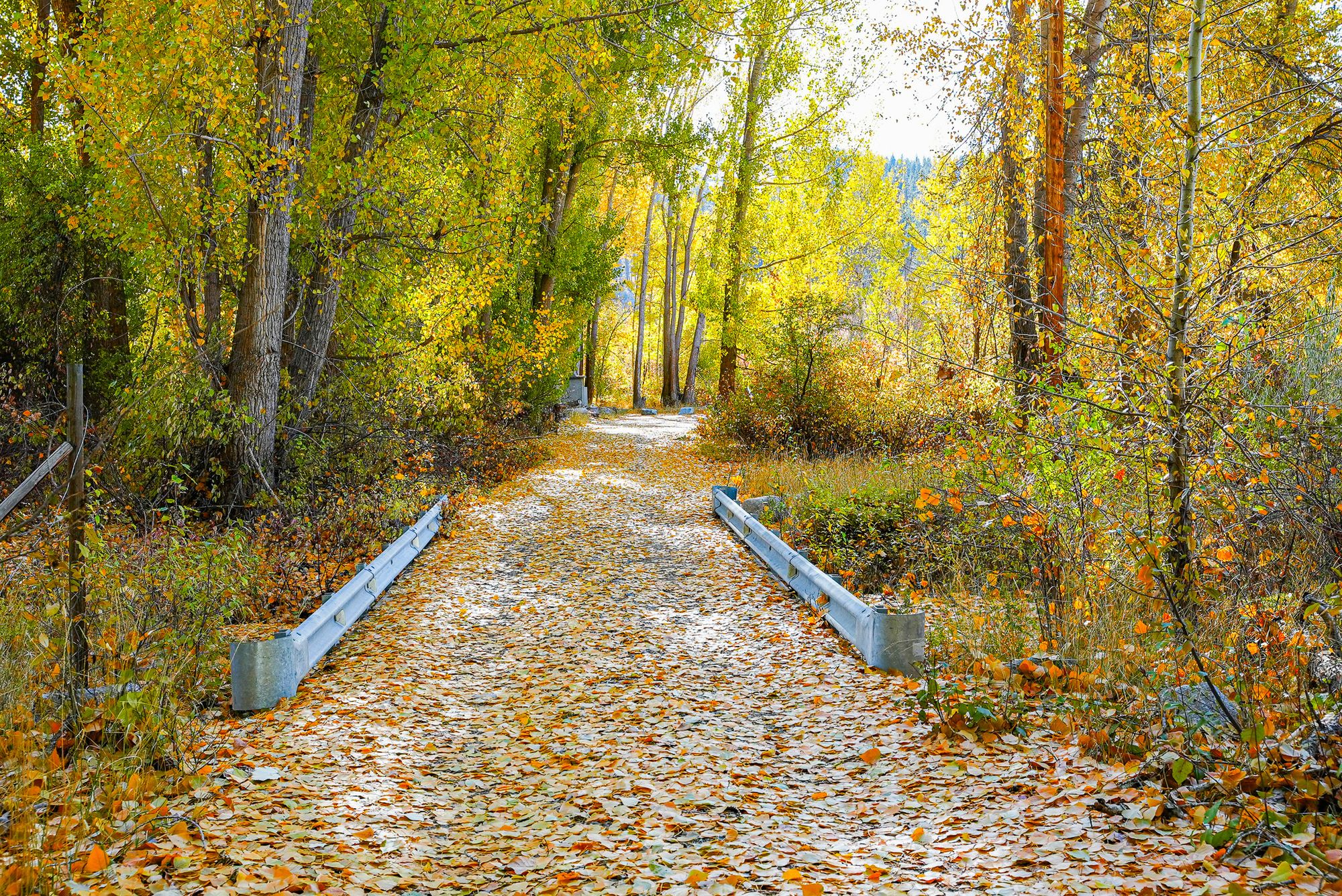
This week's storm brought wind, plunging temperatures, and snow to the valley floor as snowflakes mingled with fall colors.
Week in Review
You could feel it coming...a cold, hard wind, with dark clouds piling up all afternoon...then, in the middle of the night, it started snowing in the Methow Valley and we all awoke to an early winter wonderland.
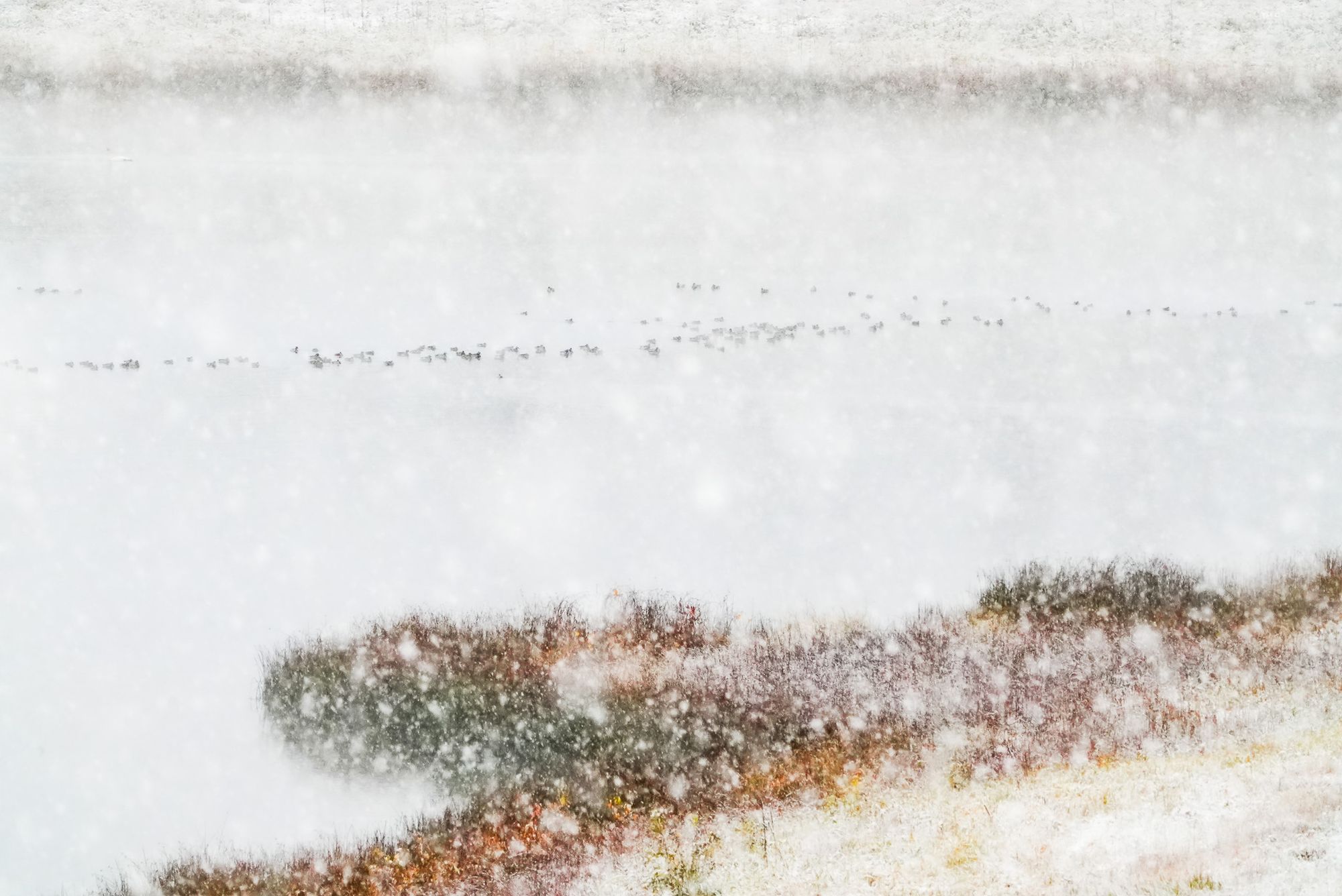
What a change a few days makes!
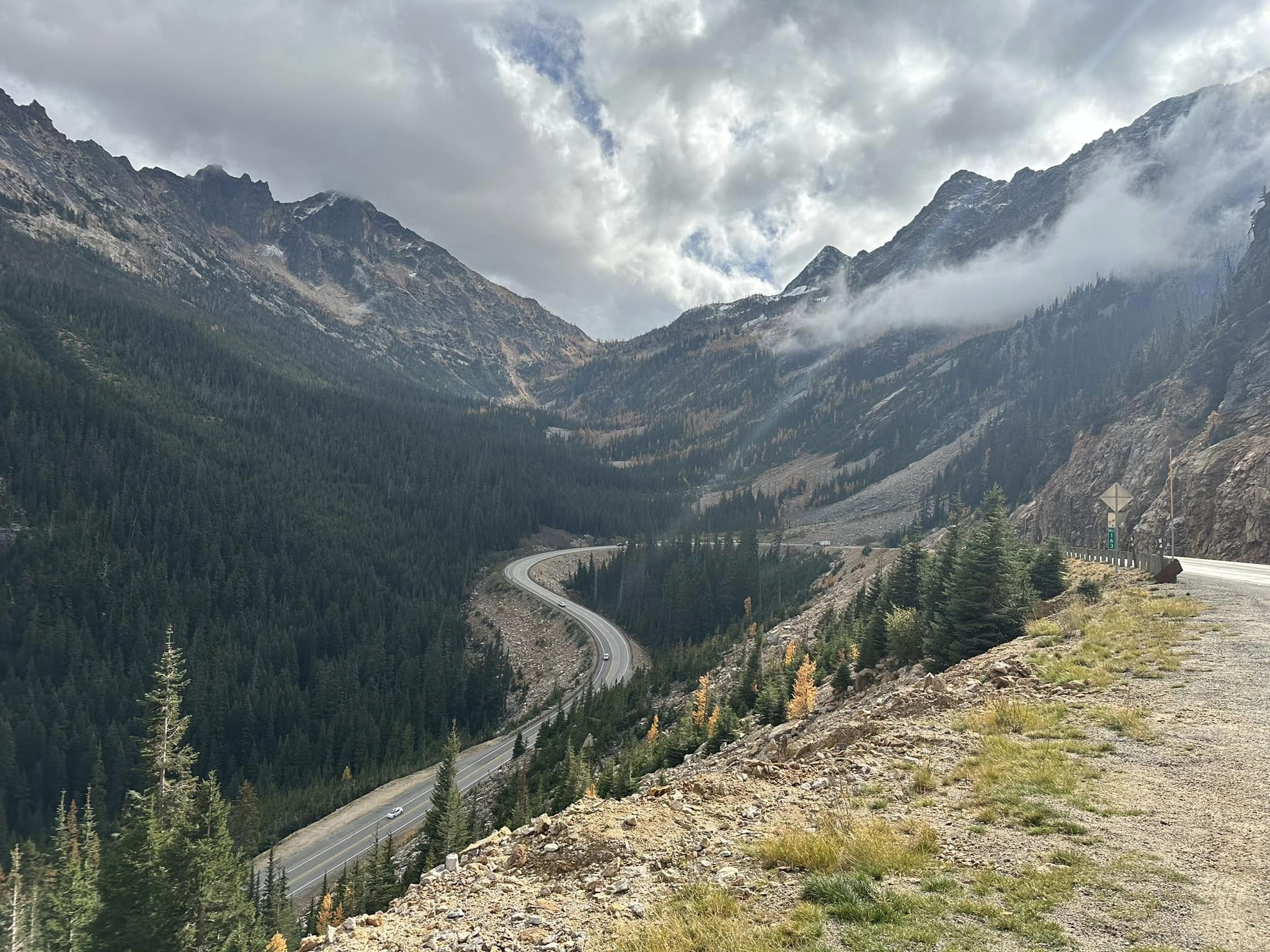
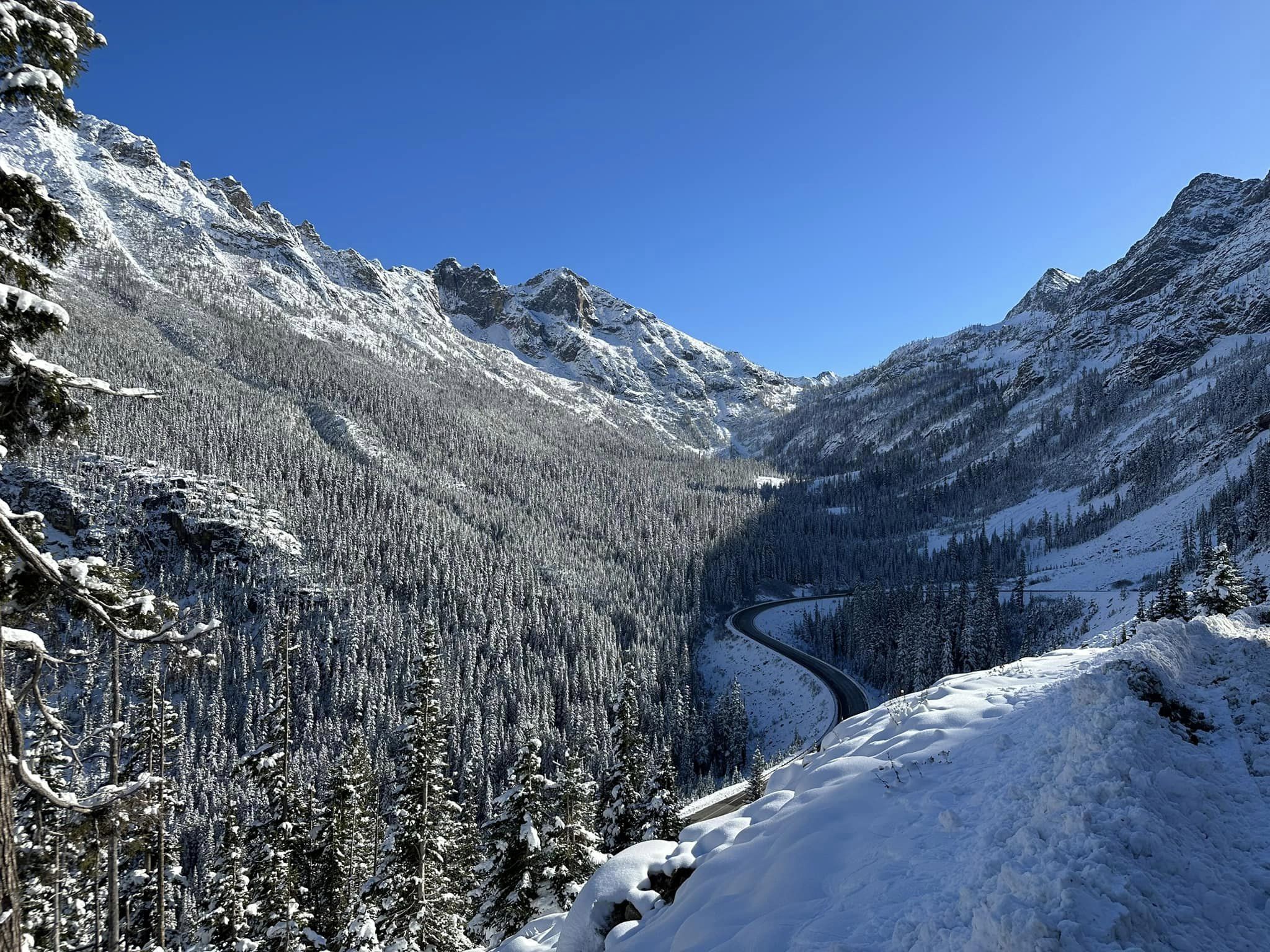
Washington Pass, before and after the snowstorm. Photos by Aley Mills Willis
Now, the combination of fall colors and snow is spectacular, and it changes how the whole landscape looks. At the same time, leaves have started falling, so it's a beautiful time of year!
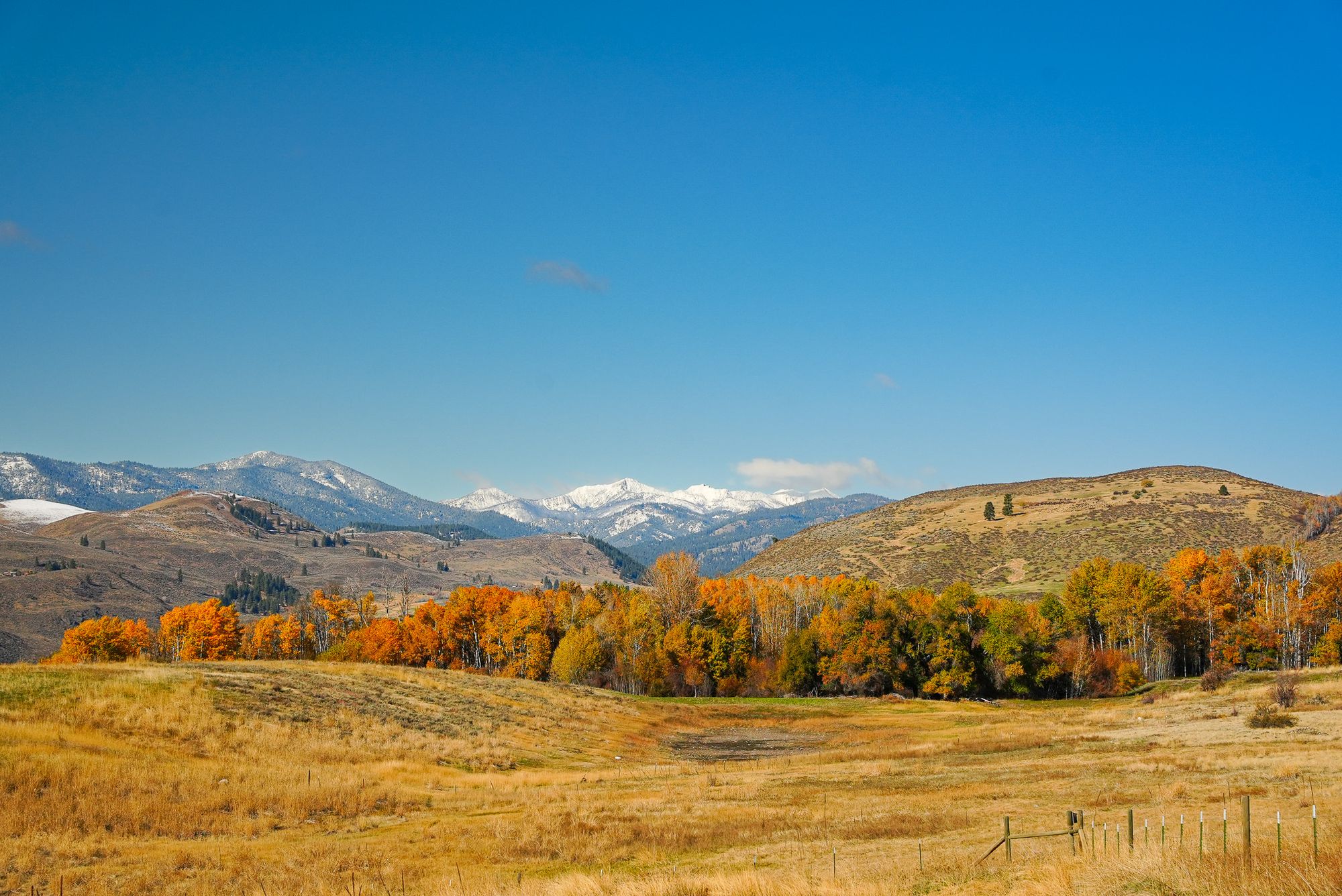
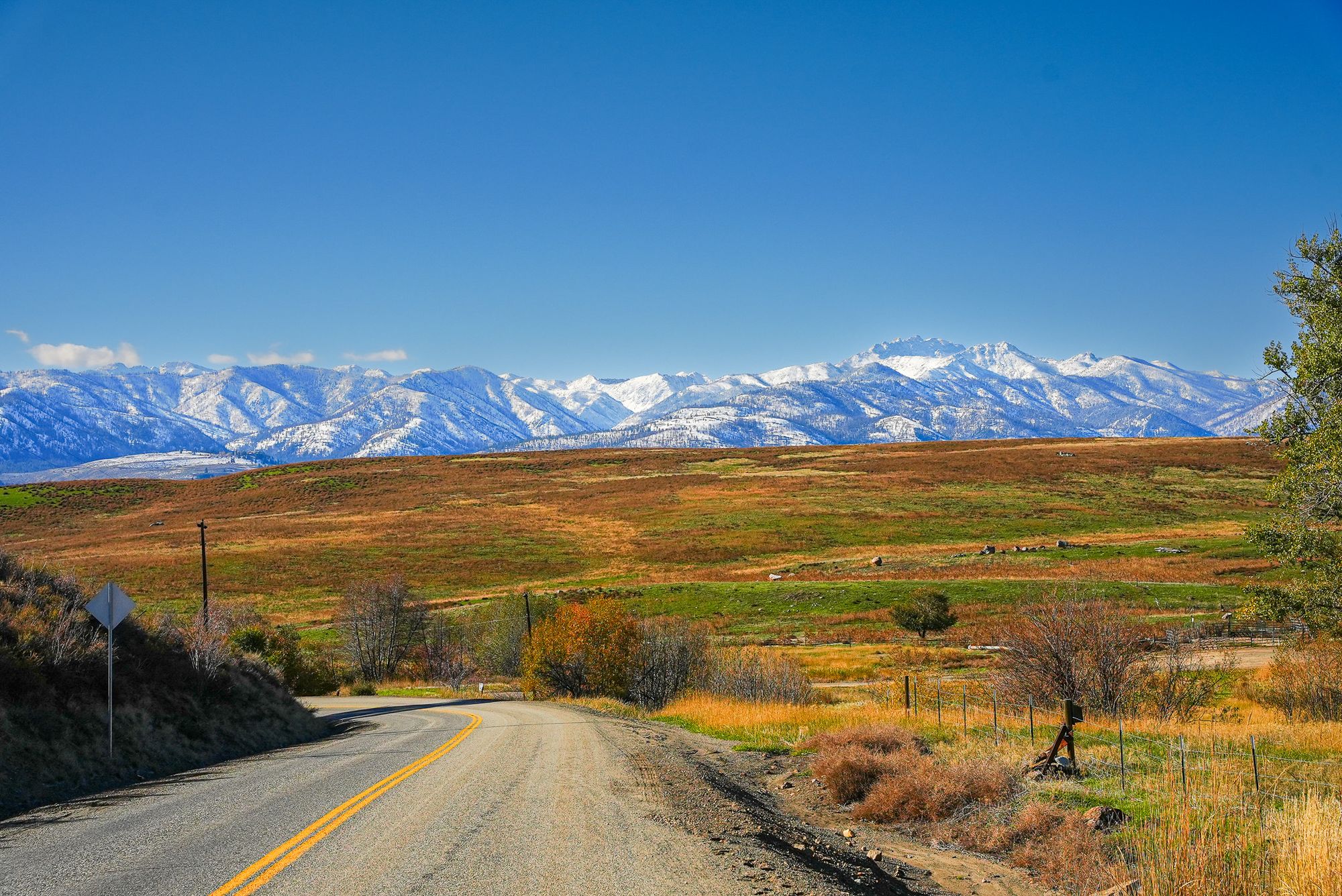
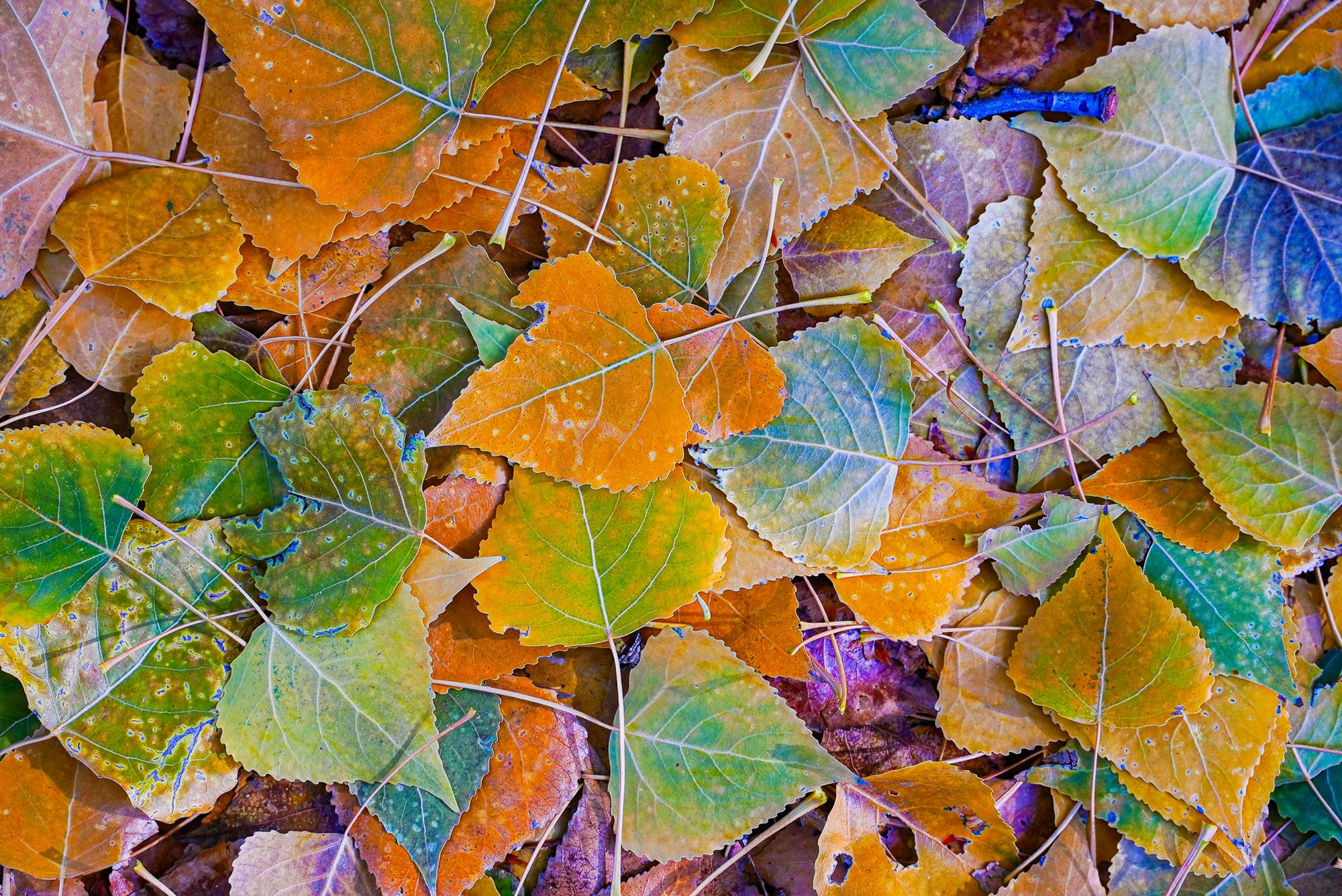
With this cold weather there hasn't been a lot happening in terms of wildlife, but a large number of waterfowl appeared to arrive overnight during the snowstorm. And among the hundreds of new ducks, and large flocks of Canada geese—a rare goose showed up.
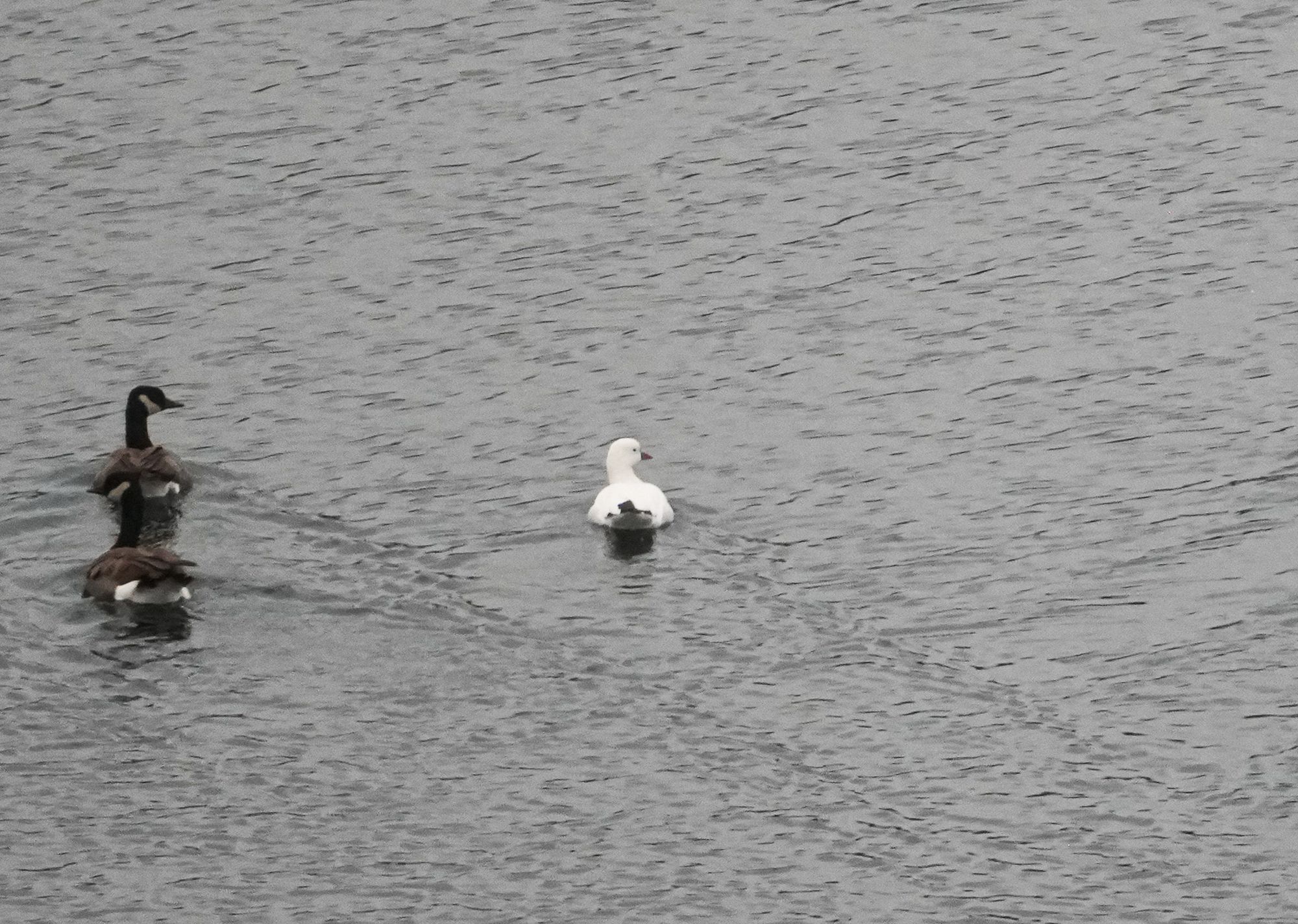
The diminutive Ross's goose breeds in the northernmost fringes of the Canadian Arctic and has never been reported in the Methow Valley. It has only been observed in Okanogan County one other time, 20 years ago. Surprisingly, this small, white goose was joined the next day by four snow geese, also rare in the Methow Valley.
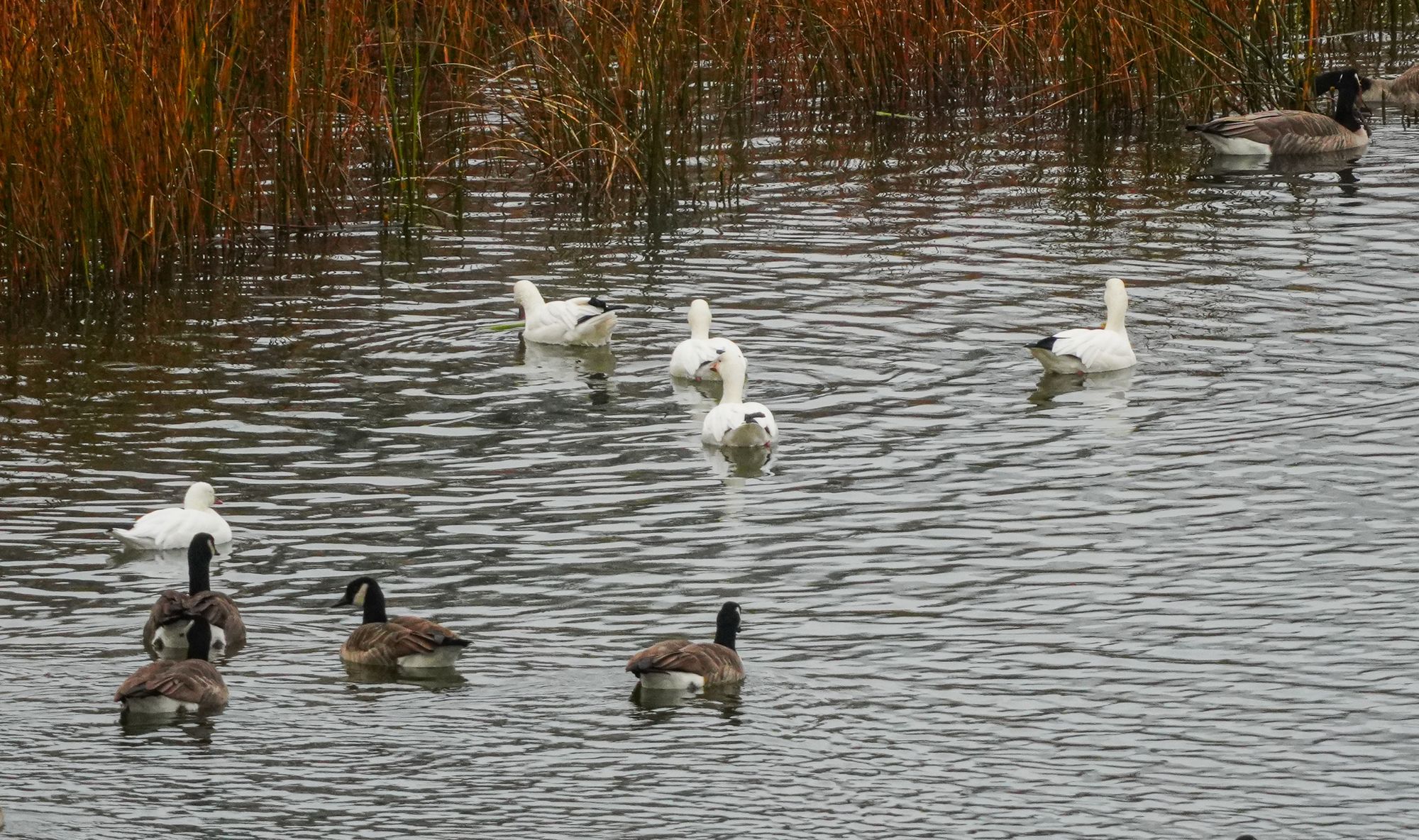
Other conspicuous birds this week have included a variety of raptors, which add a bit of drama to any outing.
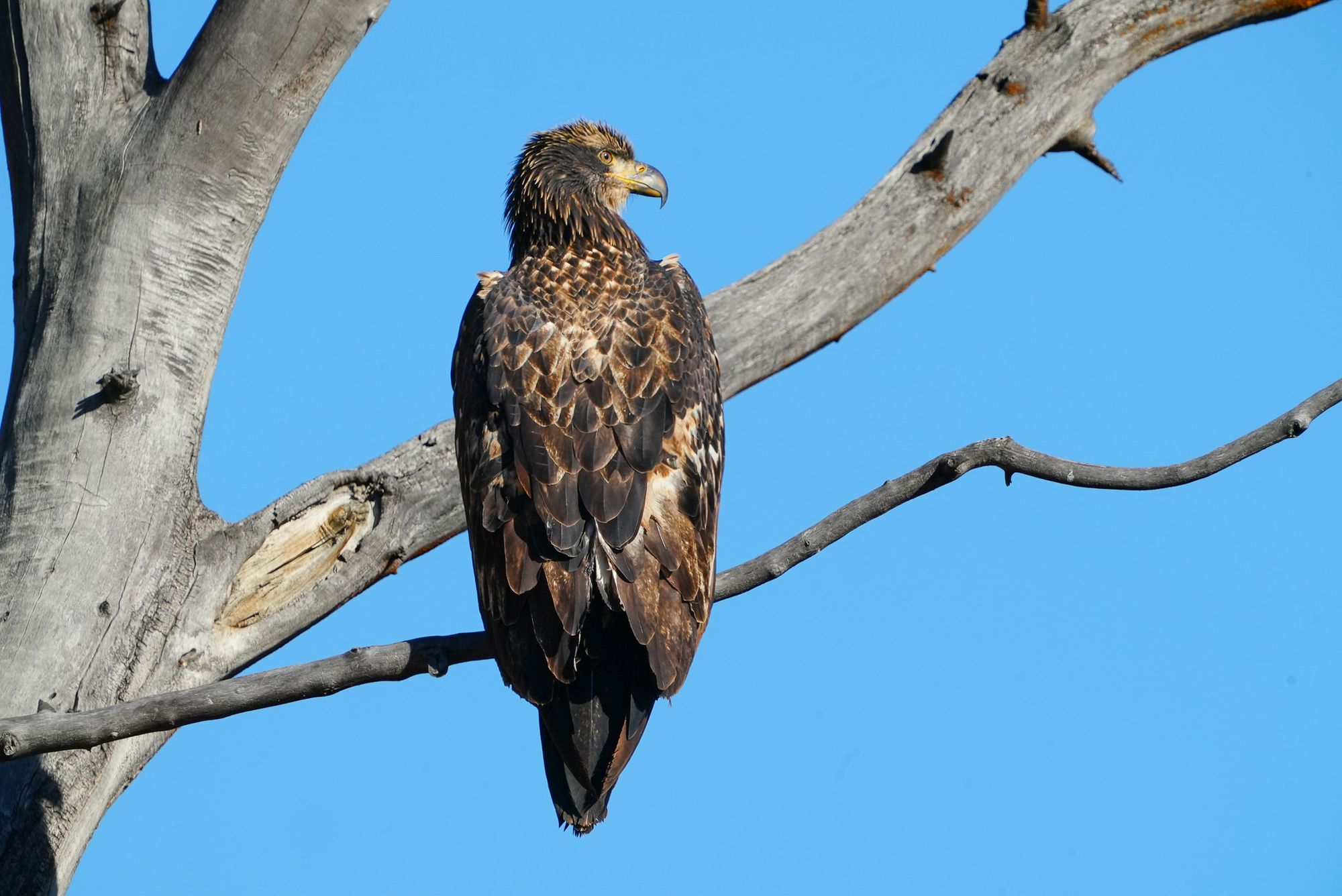
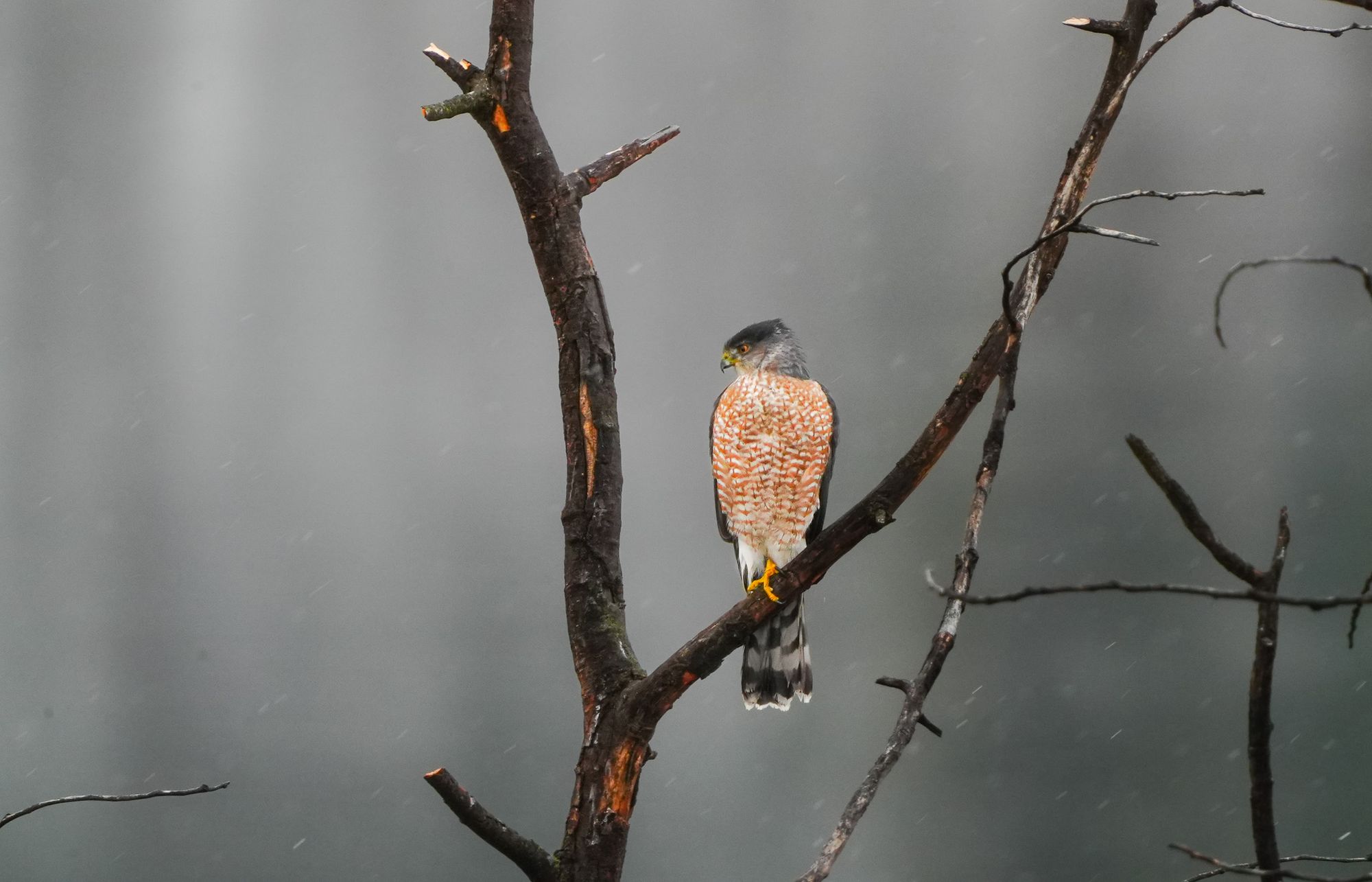
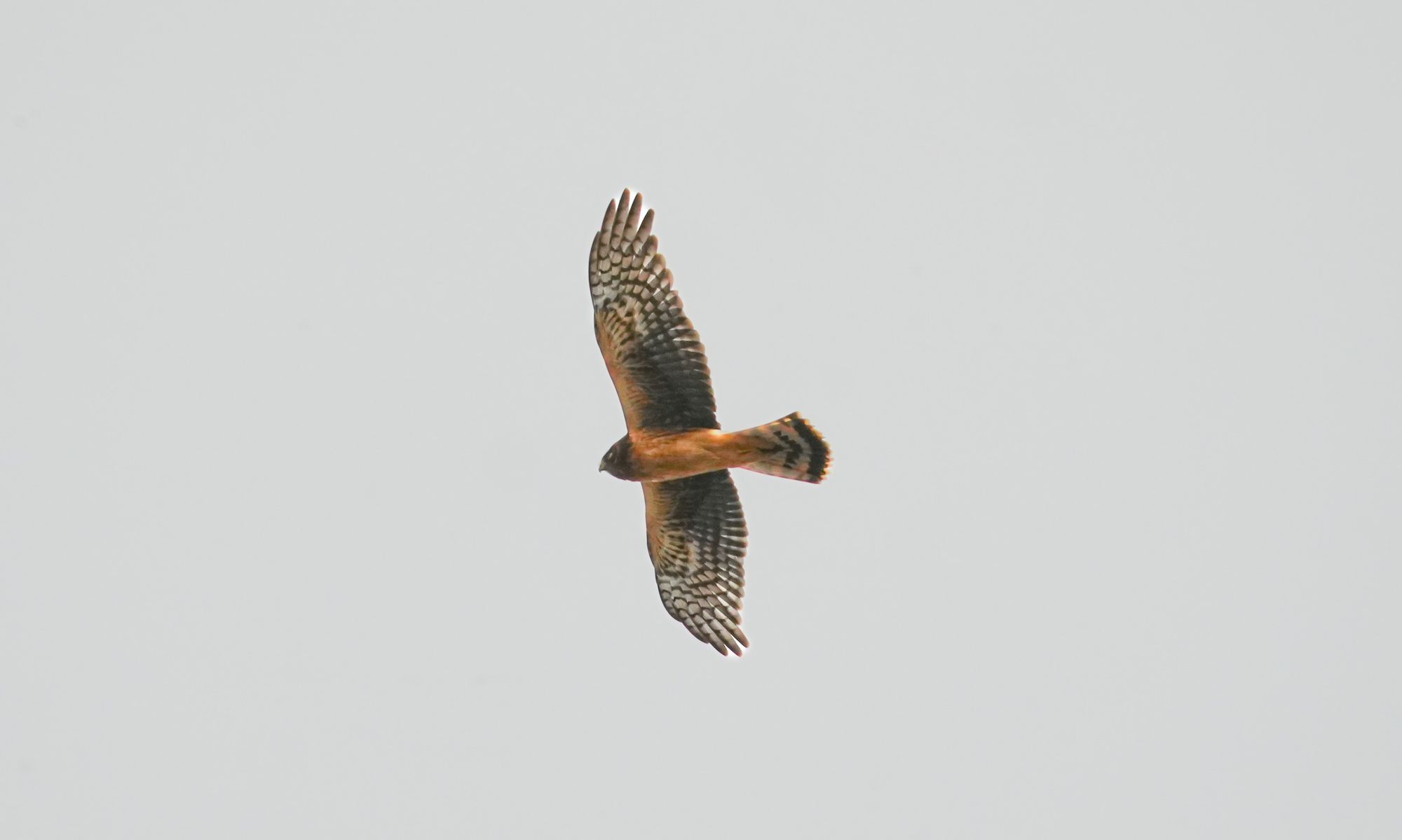
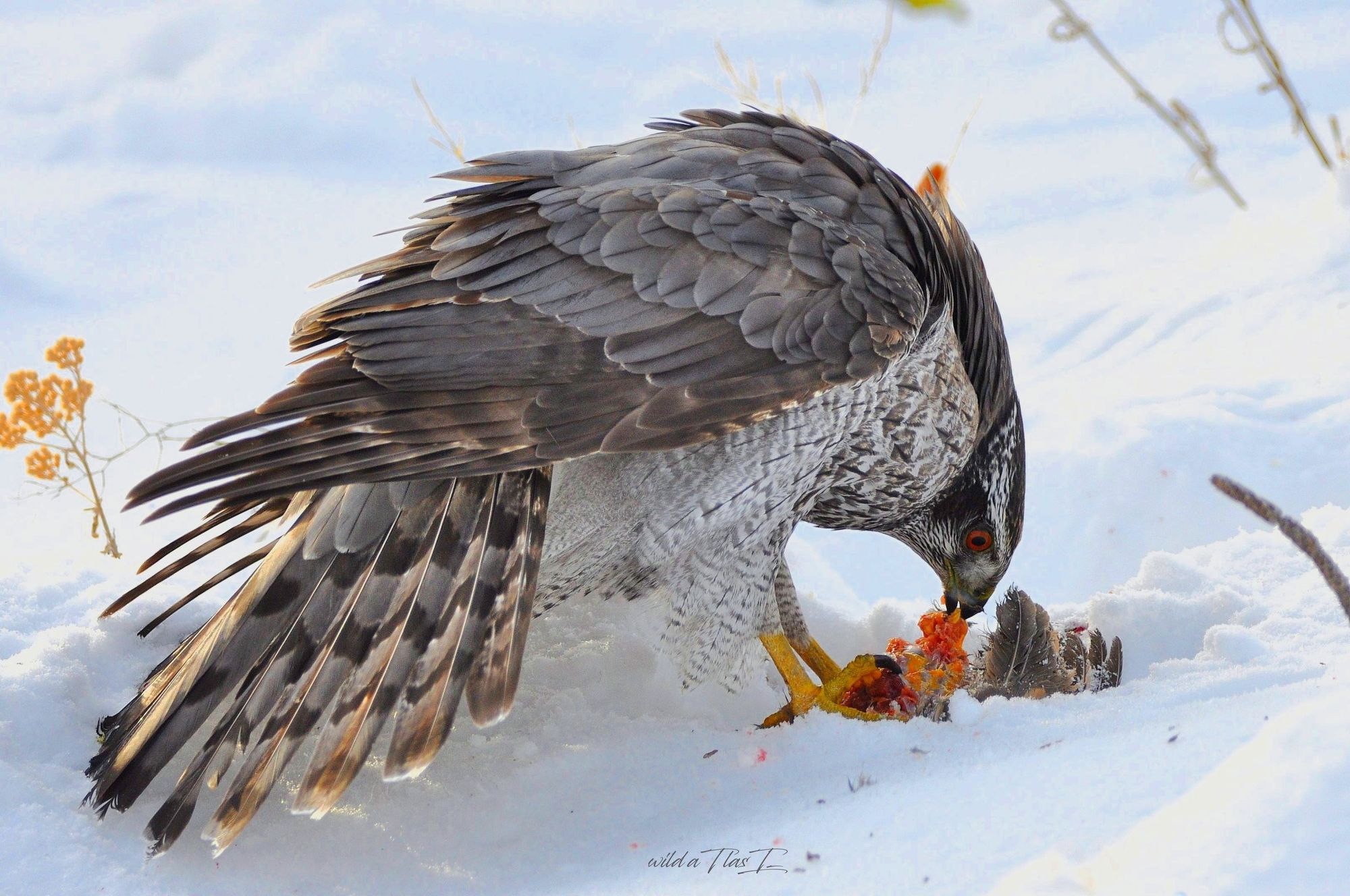
Finally, this is going to be the end for any summer insects that have been hanging on (though another group of insects become active in the winter). For example, there was one report of a very cold praying mantis that captured and ate a stick bug as soon as it warmed up—but was then found dead the next day!
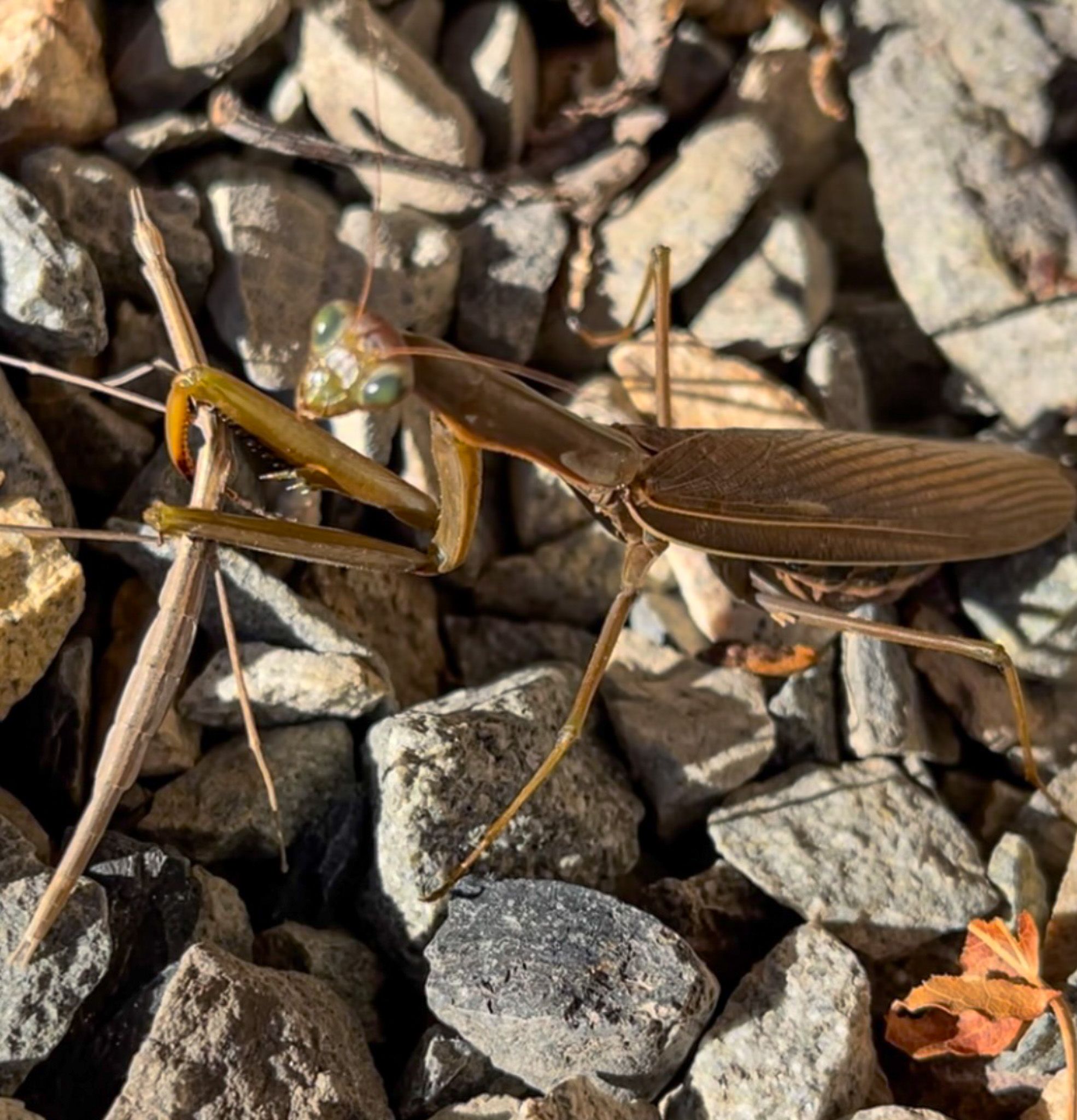

I want to take this moment to celebrate the changing seasons, and the closing of our first summer with the Nature Notes newsletter! I love what this newsletter has become, and I appreciate your amazing support. I'm especially grateful for the support of everyone who has upgraded to a paid subscription to help keep this project going! 🤗
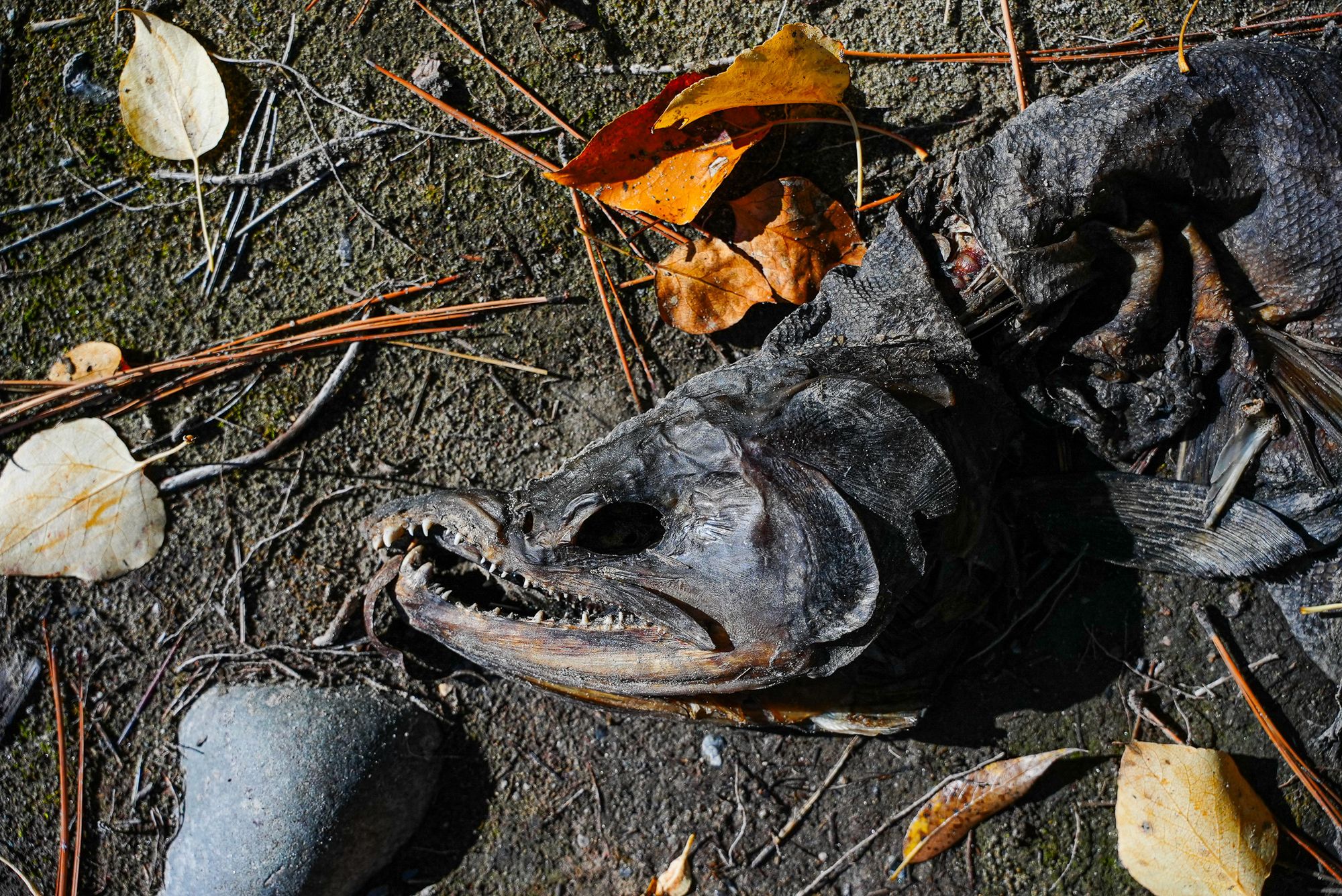
I'll be curious to see what winter brings, but I know that over the course of the winter I'll be creating some identification guides for different plants and animals so we can all be ready when spring arrives next year!
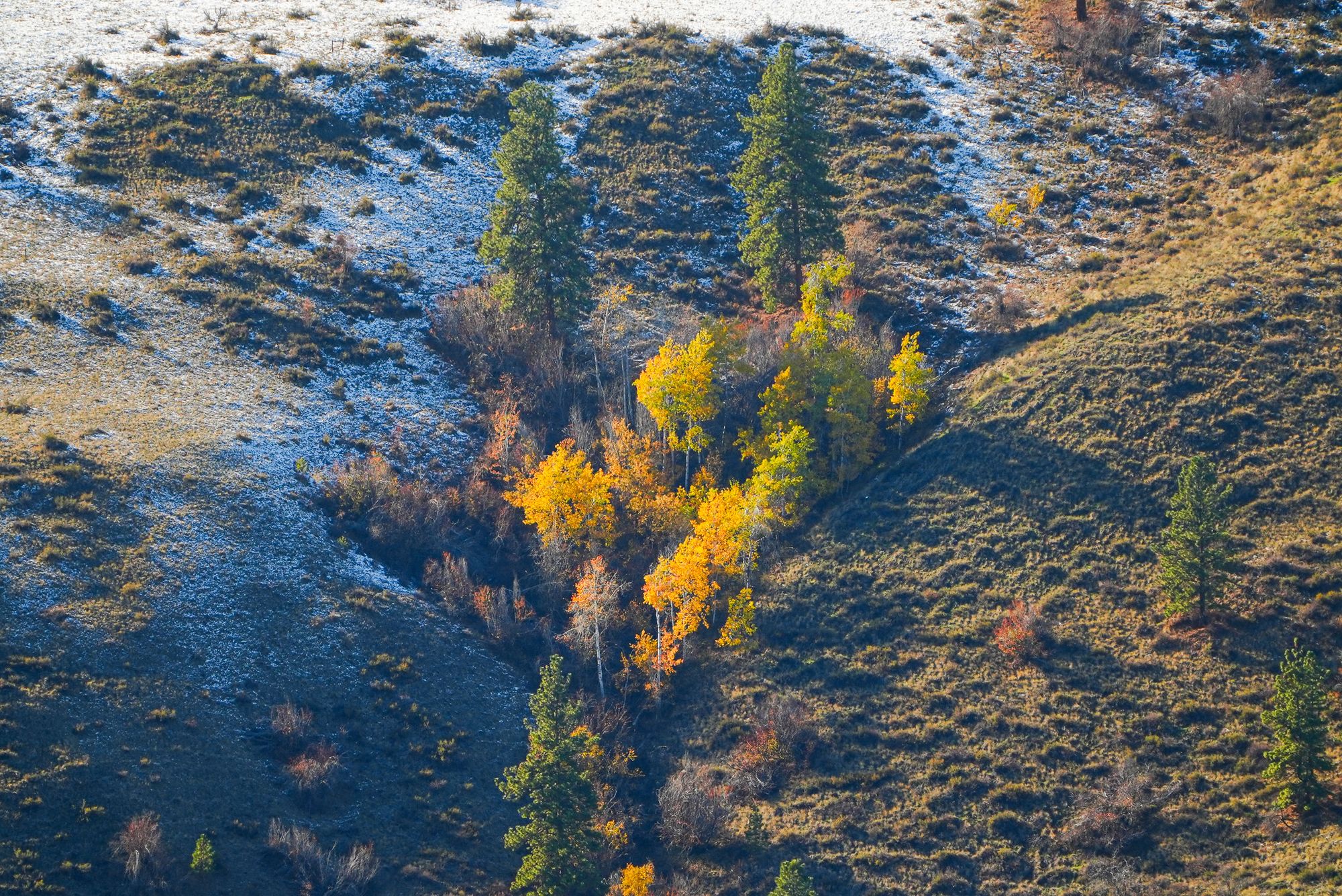
Observation of the Week: Trumpeter Swans
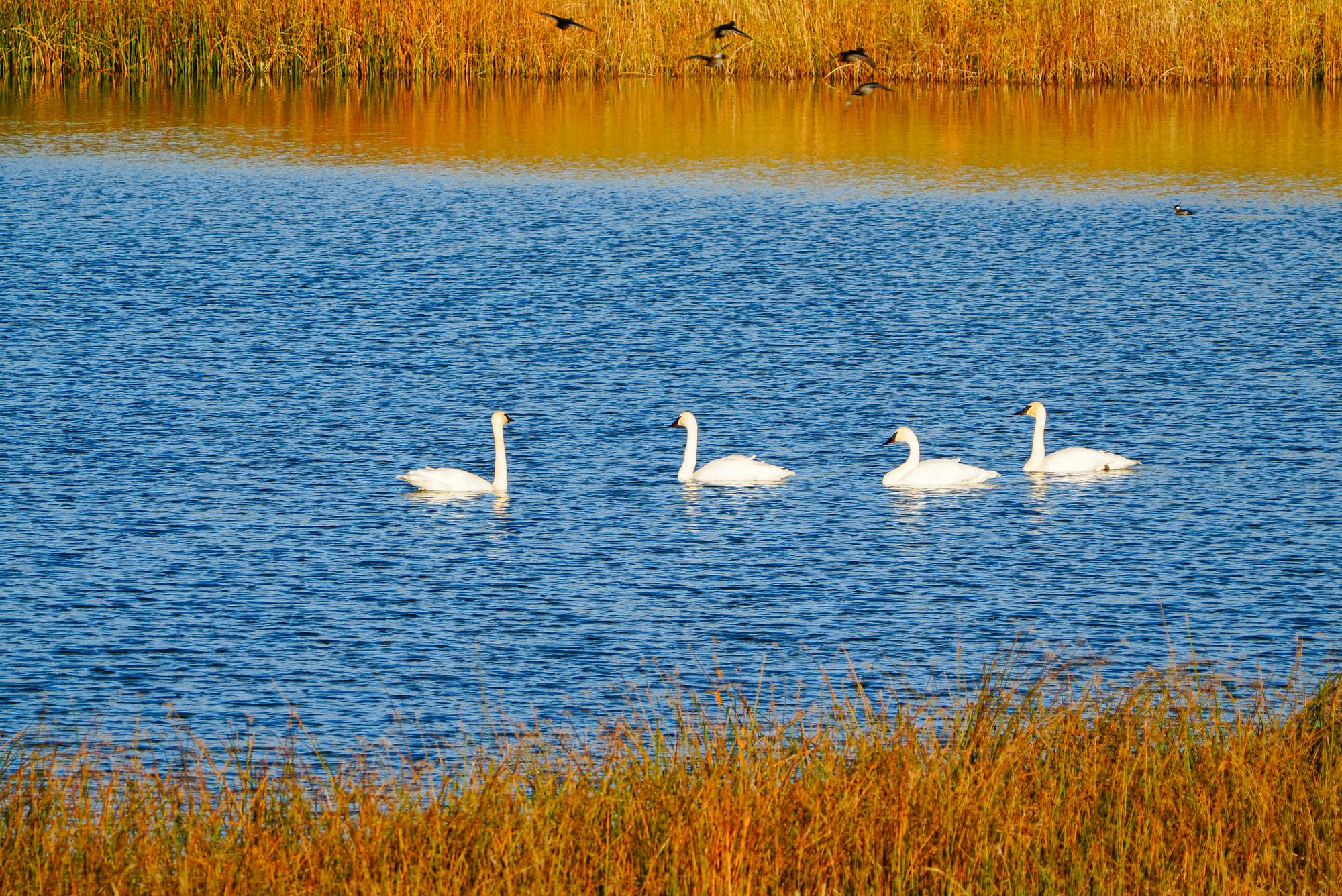
We are extremely lucky in the Methow Valley that we get to see trumpeter swans every fall and spring.
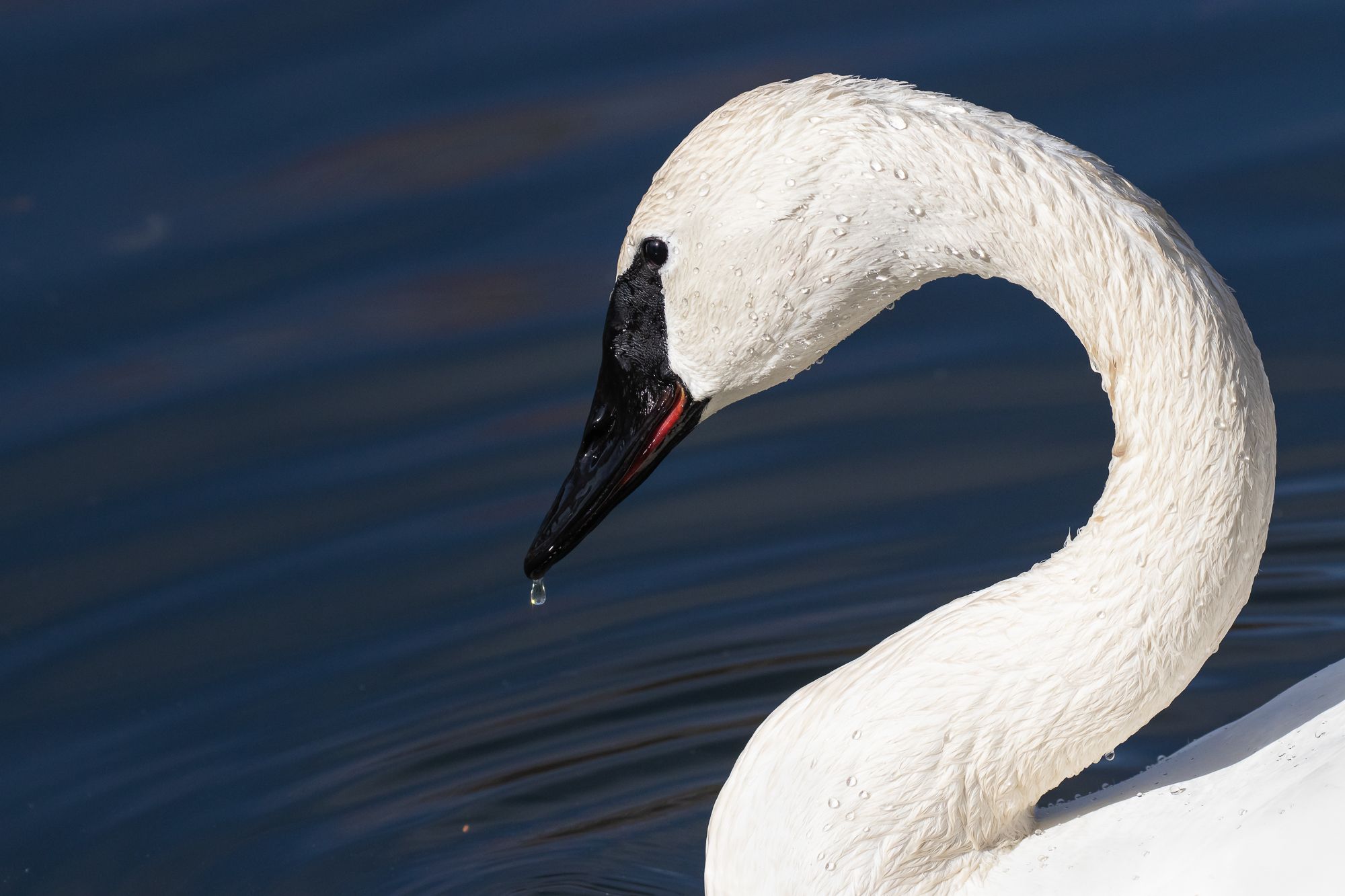
As the largest and heaviest of our waterfowl, these once-abundant swans were hunted to near extinction in the early 1900s. In fact, for decades the last remaining known population was a group of 70 swans that wintered at a remote hot springs in Yellowstone National Park.
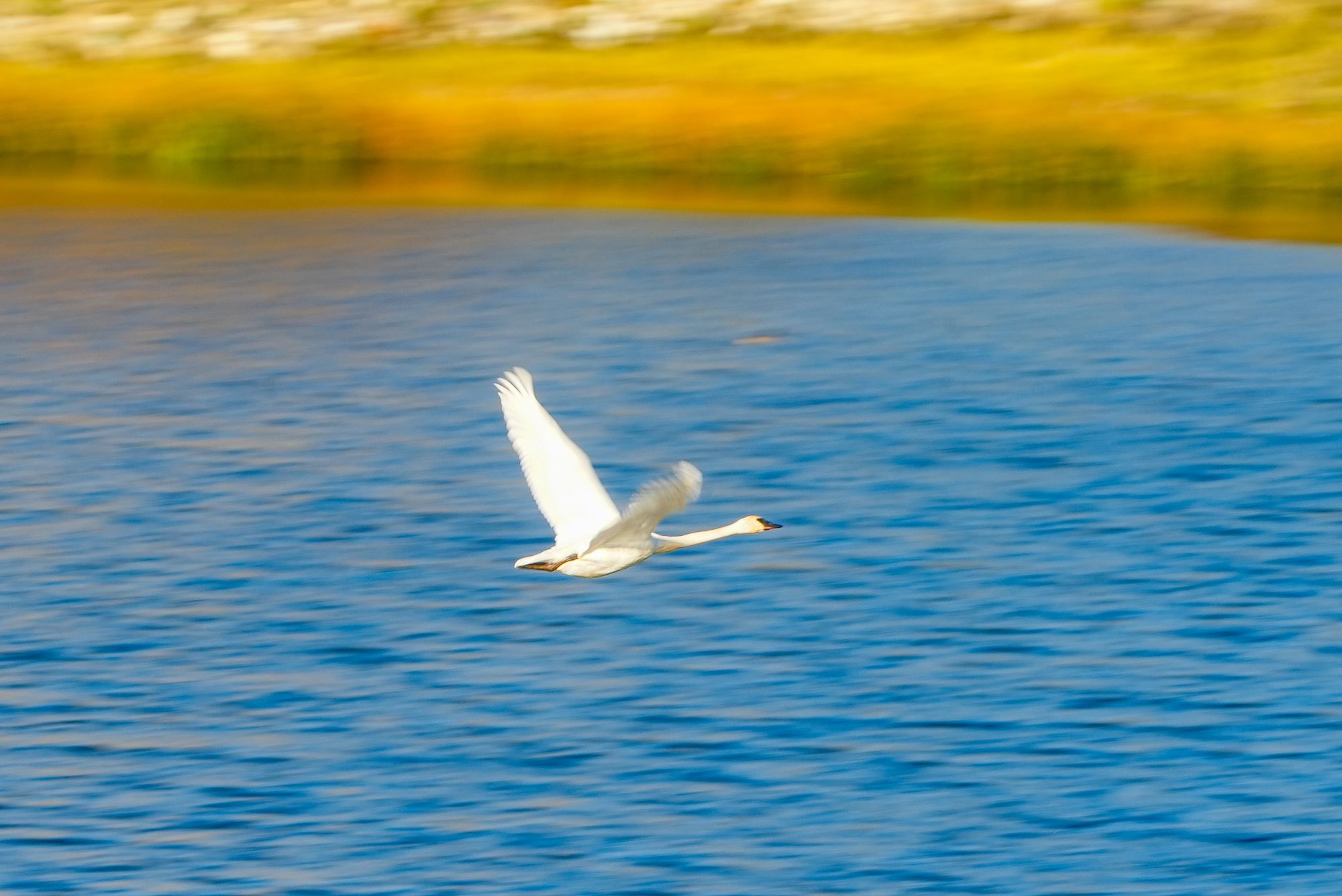
This dire prognosis changed in the 1950s when an unknown population of several thousand trumpeter swans was discovered on Alaska's Copper River Delta. And from this core population, intensive breeding and reintroduction programs brought this majestic bird back from the brink of extinction (there are now an estimated 46,000 trumpeter swans).
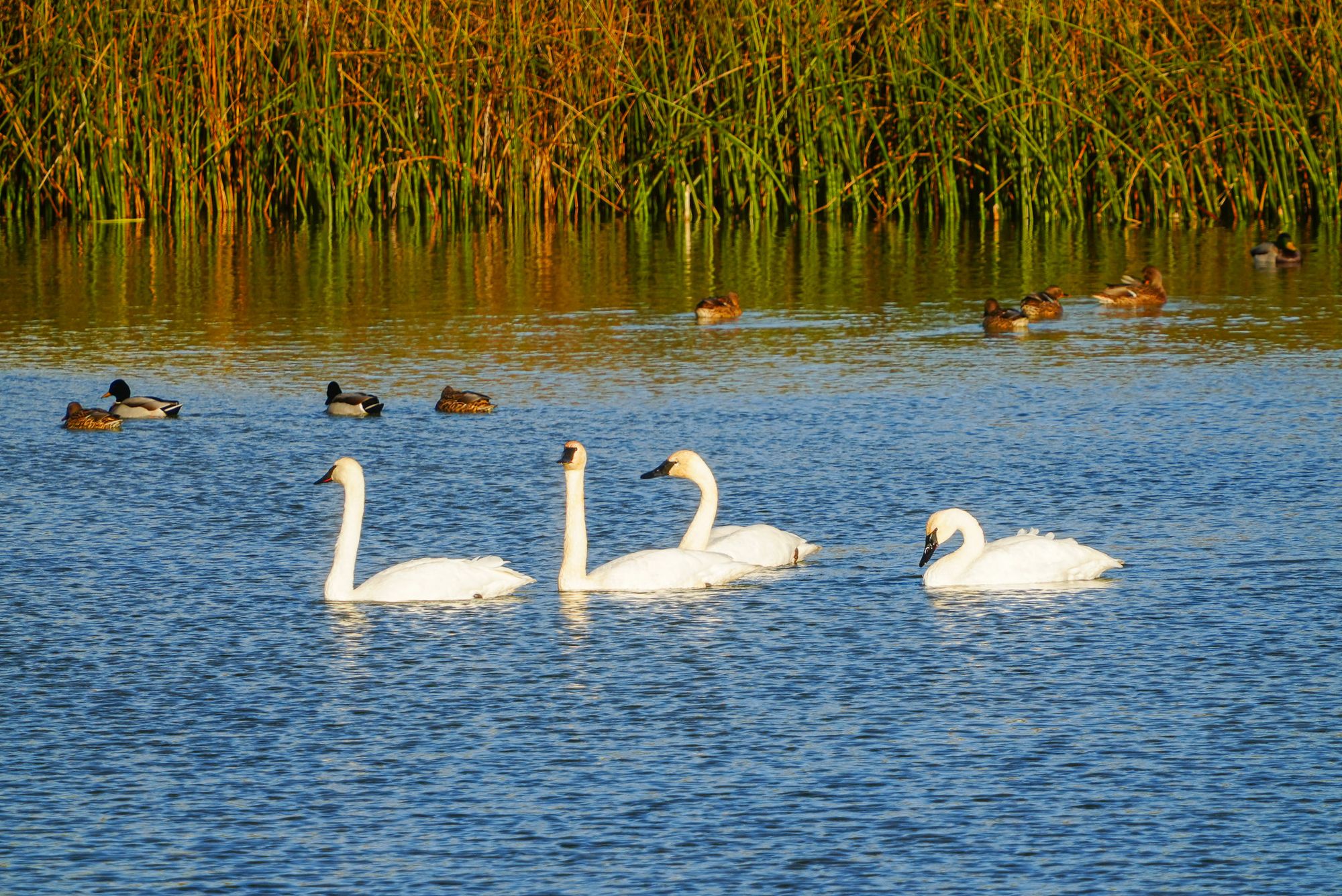
Everything about this bird is exceptional. With 10-foot wingspans they dwarf almost every other bird in North America in both size and weight (they can weigh up to 30 pounds). Plus, they mate for life and may wait up to twenty years before breeding for the first time.
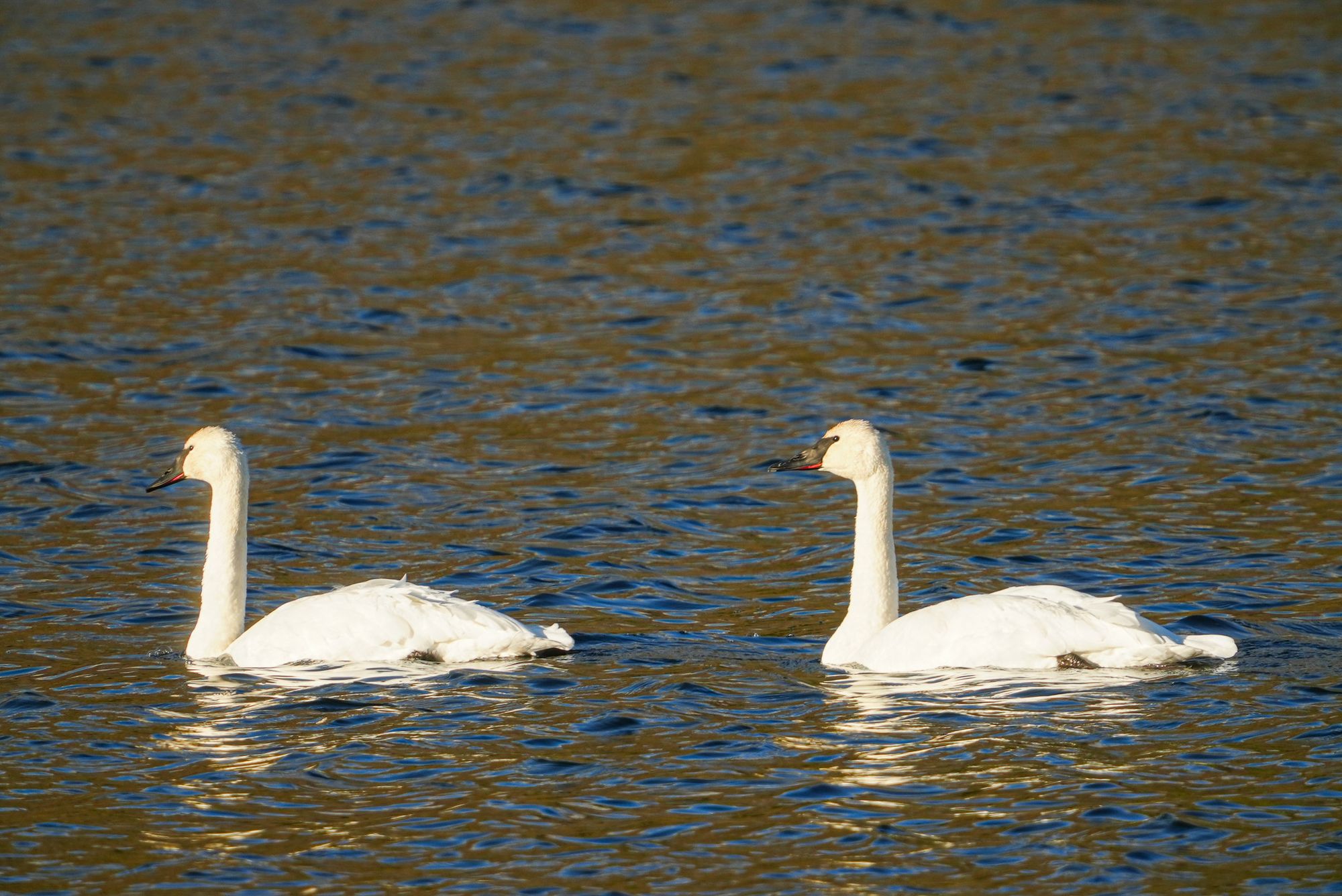
Over this long lifetime they develop a deep body of experience and loyalty to each other and to the landscapes they rely on. Each spring they head to northern Canada and Alaska to breed, then in October they return south along traditional routes, while stopping at familiar places to feed and rest.
One of the favorite stopping places, for a handful of swans, is the Methow Valley, and except for deep winter, when lakes freeze over, it's possible to find both trumpeter swans (and occasionally, some smaller tundra swans) on larger lakes in the valley.
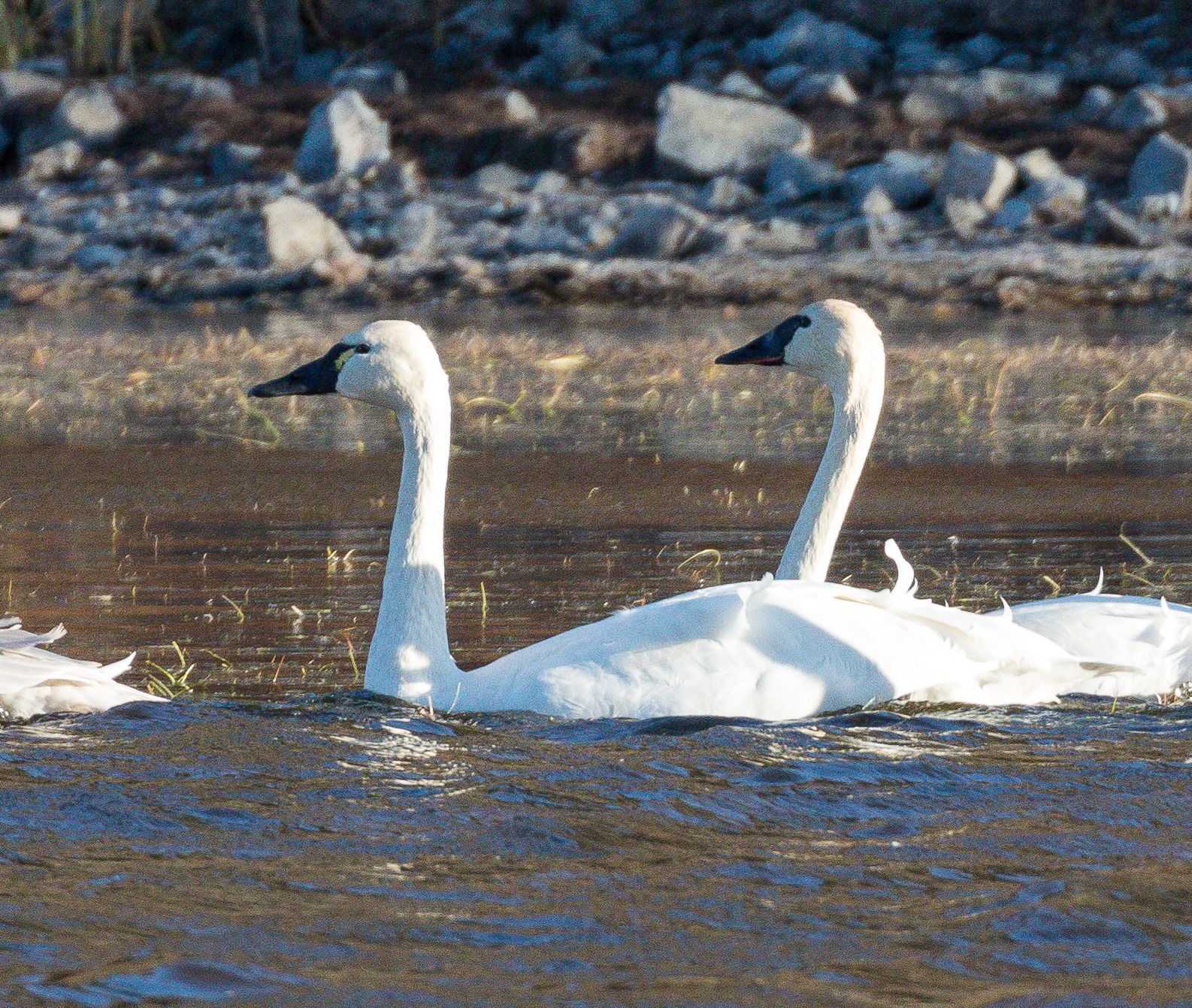
It is worth spending time watching these magnificent swans, both in awe of the fact that they've recovered from near extinction, and in wonder at their graceful majesty.

Here are a few videos I've made in the Methow Valley to show why these birds are worth watching:
